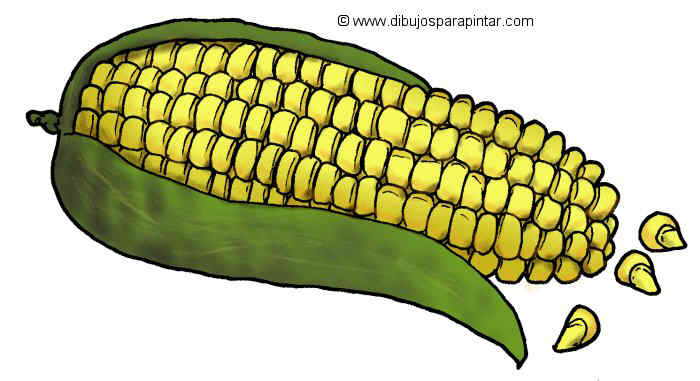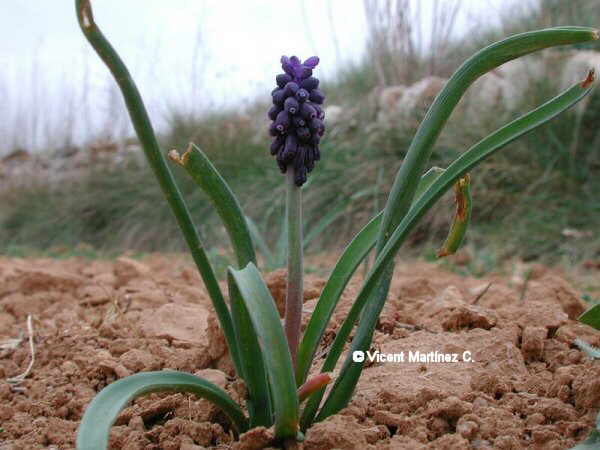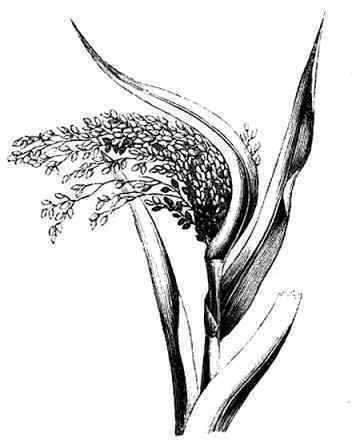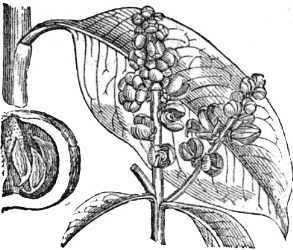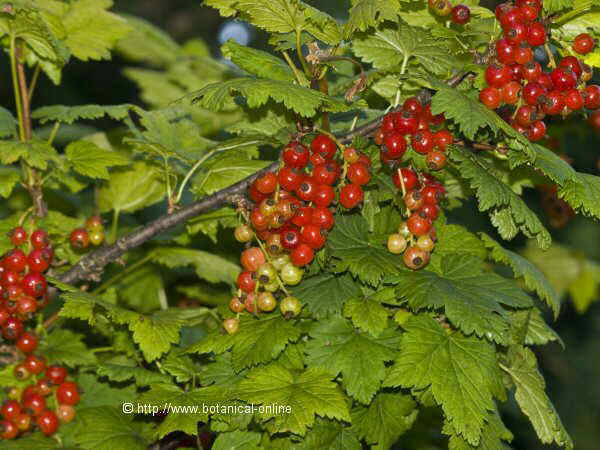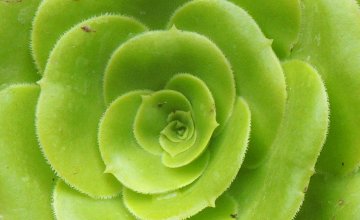Contents
Nutritional components of quinoa
Why is quinoa healthy?
Quinoa stands out because the nutritional content of its grain. It contains the following main nutrients:
– Carbohydrates. Carbohydrates are the major component of the quinoa grain, accounting for 60% thereof. They are specially composed of starches.
– Proteins. Quinoa has a higher percentage of protein than cereals, and unlike these, the protein content is of higher quality because of its contribution of lysine (amino acid deficient in all cereals). It is also very important its contribution in methionine, a deficient amino acid in legumes. For these reasons quinoa combines perfectly with legumes, because it increases the biological value of legume protein. Quinoa protein does not contain gluten, so it is suitable for coeliacs.
* More information: protein quality of quinoa.
– Fats. Because the embryo of the plant is rich in fat, similar to the germ of cereals, quinoa has a relatively large embryo. Therefore it has a slightly higher fat content that cereals, although fat is not the main component. Fats in quinoa, like those of all grains, possess a good quality.
– Fiber. Fiber content is similar to grains, about 6g / 100g.
– Minerals. Compared to other grains, quinoa contains more minerals, like magnesium, zinc, calcium and iron.
– Vitamins. Quinoa is noted for its vitamin content: vitamin E (found in the embryo)and B vitamins,
Among the last ones, it specially contains vitamin B1 or thiamin, Vitamin B2 or riboflavin, and vitamin B3 or niacin, optimal absorption of carbohydrates, present in the same grain. They are all important for the nervous system.
– Oleanane-type saponins, phytolaccagenane, hederagenine and spergulagenane. Quinoa saponins are triterpenoid glycosides that are found in the grain layer called episperm. They impart a bitter taste and a characteristic froth in the boiling water when cooking.
Quinoa sold should have been treated with an alkaline bath to remove these substances, which can be toxic to human health and also decrease the nutritional value of grain. In addition, varieties of quinoa are classified according to their content of saponins: sweet quinoa (not saponin or containing less than 0.11%) or bitter (top 0.11%).
Nutritional composition of quinoa
Composition of quinoa grain (100g) | |
| Nutrient | Content |
| Calories (Kcal) | 374 |
| Carbohydrates (g) | 68.9 |
| Proteins (g) | 13.1 |
| Fats (g) | 5.8 |
| saturate (g) | 0.6 |
| monounsaturated (g) | 1.5 |
| polyunsaturated (g) | 3.7 |
| Fiber (g) | 5.9 |
| Vitamin B1 or thiamin (mg) | 0,2 |
| Vitamin B2 or riboflavin (mg) | 0.4 |
| Vitamin B3 o niacin (mg) | 2.9 |
| Calcium (mg) | 60 |
| Magnesium (mg) | 210 |
| Phosphorus (mg) | 410 |
| Potassium (mg) | 740 |
| Zinc (mg) | 3.3 |
| Manganese (mg) | 2.3 |
![]() More information on quinoa.
More information on quinoa.

